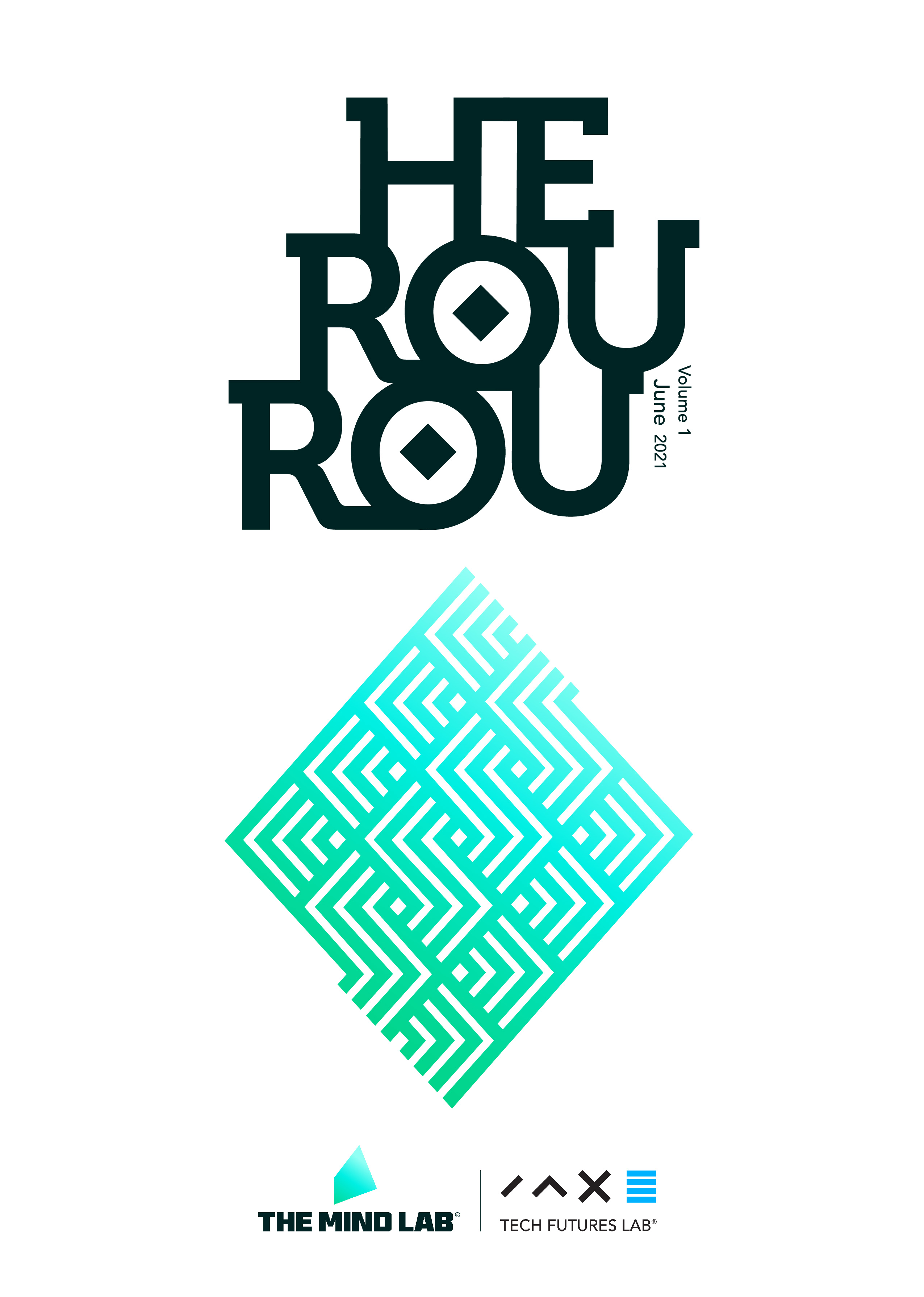An Evaluation of the Flipped-Learning Pedagogical Approach
DOI:
https://doi.org/10.54474/herourou.1.1.2920215Keywords:
Flipped Learning, Maths, BYODAbstract
In recent years the emerging possibilities in the education system are flexibility (Nuhoğlu et al., 2020) and self-paced learning (Priscila, 2020). The flexibility of studying anywhere and anytime can provide opportunities for learners to achieve their educational goals. A self-paced and customized learning environment could enhance the learning experience of the students. This research evaluates flipped-learning pedagogical approaches for year 13 Maths students. Quantitative and qualitative data collection methods track and monitor students’ academic outcomes. The findings suggest that flipped-learning improved students’ academic achievement and progress. Additionally, students who missed the lessons could understand the concept and complete learning activities before coming to the next lesson. A flipped-learning approach has encouraged the students to make them responsible for their learning, bringing questions to the classroom to extend their conceptual understanding, and develop mathematical reasoning and thinking skills.
Nuhoğlu Kibar, P., Gündüz, A. Y., & Akkoyunlu, B. (2020). Implementing Bring Your Own Device (BYOD) Model in Flipped Learning: Advantages and Challenges. Technology, Knowledge and Learning, 25(3), 465–478. https://doi.org/10.1007/s10758-019-09427-4
Priscila (2020). What is self-paced learning? Meaning explained. Retrieved August 19, 2021, from https://www.easy-lms.com/help/lms-knowledge-center/self-paced-learning-definition/item10384
Downloads
Published
How to Cite
Issue
Section
License
Copyright (c) 2022 He Rourou

This work is licensed under a Creative Commons Attribution-NonCommercial-ShareAlike 4.0 International License.





